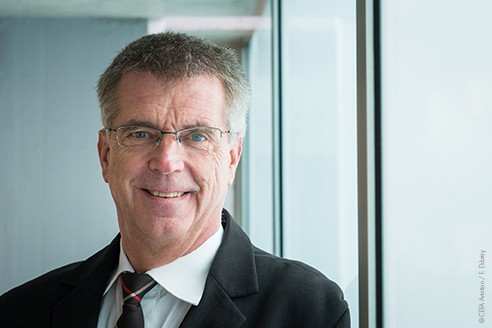An independent company with 22 years of expertise in flight data animation for Flight Safety and Pilot Training
Pilot training devices versus line operations: a brand new approach to enhance training in civil aviation
For the opening day of the European Airline Training Symposium (#EATS) and Pierre’s 5th blog article, he chose to compare the pro and cons of simulator sessions versus real-life line operations for pilot training. One of the concrete problematic is to cope with the startle effect. Let’s comment and share opinions together on this important matter!
#PilotTraining #Simulator #LineOperations #TrainingDevices #StartleEffect
Current pilot’s training devices: today’s status
In the last decades, what has really changed in the training field?
We are still using the same level-D simulators.
Some progress was made on the technical side with improved aerodynamical model, better visualization and better motion.
On the non-technical side, EBT (Evidence-Based Training) and AQP (Advanced Qualification Program) are being implemented.

Flight simulators are an excellent tool to check pilots’ proficiency and basic flight training.
But simulators are not the best tools to improve daily performances. WHY?
- Pilots have a limited number of sessions per year: usually, 3 to 4 sessions, representing less than 20 hours flight time or about 15 to 20 flight segments.
- Pilots are usually facing a foreseen program which massively reduces the startle effects occurring in reality. Moreover, pilots are not facing real-life situations as simulators offer weather conditions and failure options in limited options only.
- Before going to a simulator session, pilots have prepared themselves and are mentally ready to face challenging situations.
- If we want to increase the number of training sessions in simulators or create new training opportunities, simulators will be an expensive tool for airlines. Not only as such, but also because they are creating unproductive days on the line for the pilots and their instructors.
So additional training in simulators is at a quite high cost / benefit ratio
An alternative to training devices: using real-life operations and daily flights

As pilots, we are all aware that we have a reservoir of multiple unforeseen situations: the real-life flight operations.
An airline pilot operates 70 to 850 flights a year (depending on the operation type: long or short haul), representing up to 900 flight hours per year, all of them taking place in real life environment, confronting crews with numerous random and various situations.
Due to the number of combinations happening in real life, normal flight operation offers many more training opportunities than a simulator in order to improve pilots’ own proficiency.
Various weather, wind situation, day-night, variable weights, technical status… so many random parameters are encountered!
However, today’s difficulty for pilots is to have a global understanding of a dynamic environment as debriefings are based on pilot’s memory.
On the other side, within line operations lies a great potential for continuous training and safety improvements at very low cost. But to benefit from this, we need the right tool.
Have a look at what CEFA Aviation offers: CEFA AMS (Aviation Mobile Services)
A brand-new learning tool dedicated to the daily operation

Pierre Wannaz
Senior Advisor CEFA Aviation
Captain on A330/A340, TRI/SFE, acceptance pilot and legal expert in accident investigation
If you wish to discuss more about line training, contact Pierre via LinkedIn or via this contact form.


Global pilot shortage: How can we sustain the worldwide demand?
Flight Safety: Human in the system as a safety protection